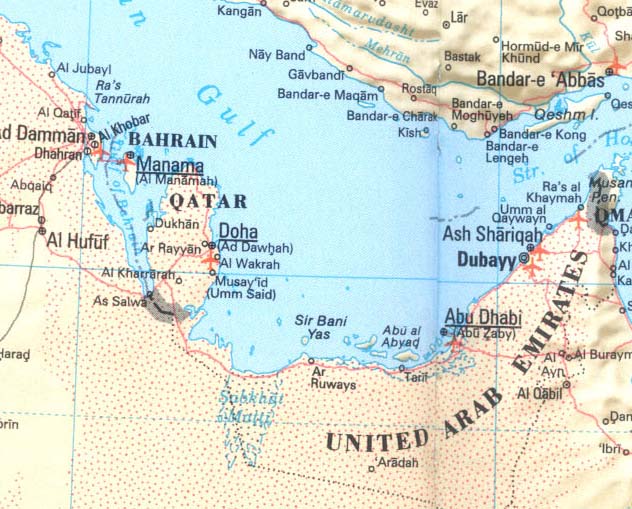
… the grating roar
Of pebbles which the waves draw back, and fling,
At their return, up the high strand,
Begin, and cease, and then again begin,
With tremulous cadence slow, and bring
the eternal note of sadness in.
It’s not surprising that standing on the Aegean shore of Gallipoli I should think of Dover Beach. After all, Arnold went on to write that
Sophocles long ago
Heard it on the Aegean, and it brought
Into his mind the turbid ebb and flow
Of human misery …

And the graveyards of Gallipoli stand as monuments to some of the bitterest fighting the world has seen. Hundreds of thousands dead in an ill-conceived attack by the Australian New Zealand Allied Command (Anzac) at the order the British. The image below, is a photo of Anzac, the landing 1915 by George Lambert (1873-1930), 1920–22 (oil-on-canvas, 190.5 cm by 350.5 cm) and is in the public domain. The painting depicts the Australian soldiers of the covering force (3rd Infantry Brigade) climbing the seaward slope of Plugge's Plateau which overlooks the northern end of the cove. The view is to the north, towards the main range. The yellow pinnacle is "The Sphinx" and beyond is Walker's Ridge which leads to Russell's Top. The white bag that each soldier is carrying contains two days of rations which were issued specially for the landing.

The folksong,“And The Band Played Waltzing Matilda,” poignantly depicts the war seen in the eyes of an old man who lost his legs in the fighting. Written in the 1970s it has been thought by some to be directed as much at the Vietnam War as war in general. As written in Wikipedia, the song describes the soldier who for "ten weary weeks" kept himself alive as "around me the corpses piled higher," recalling "that terrible day" ... "in the hell that they called Suvla Bay we were butchered like lambs at the slaughter" ... "in that mad world of blood, death and fire" … As the old man sits on his porch, watching the veterans march past every ANZAC Day, he muses: "The young people ask what are they marching for, and I ask m'self the same question" … "but as year follows year/ more old men disappear/ someday no one will march there at all."
Ataturk, Father of the Turks, in 1934 wrote a tribute to the ANZACs killed at Gallipoli:

Those heroes that shed their blood and lost their lives... You are now lying in the soil of a friendly country. Therefore rest in peace. There is no difference between the Johnnies and the Mehmets to us where they lie side by side now here in this country of ours... you, the mothers, who sent their sons from faraway countries wipe away your tears; your sons are now lying in our bosom and are in peace. After having lost their lives on this land. They have become our sons as well.
The inscription appears on the Kemal Atatürk Memorial, ANZAC Parade, Canberra as well as on this granite stone on Gallipoli where the graveyards and graves are meticulously kept. A view of one graveyard (with the yellow pinnacle or "Sphinx" seen from a slightly different angle)and a few specific graves:




The cemetery and the battles still hold strong memories for families. The marker below, found loose on the grass, shows that Mark and Fiona Davies from England brought some flowers a few weeks before I visited.

Leaving the peninsula on a boat bound to the Asian shore of Turkey, you turn back and see the hillside of Kilitbahir in which has been carved
DUR YOLCU!

"Stop passerby!
This soil you thus tread unawares
Is where an age sank.
Bow and listen,
This quiet mound is where the heart of a nation throbs."



